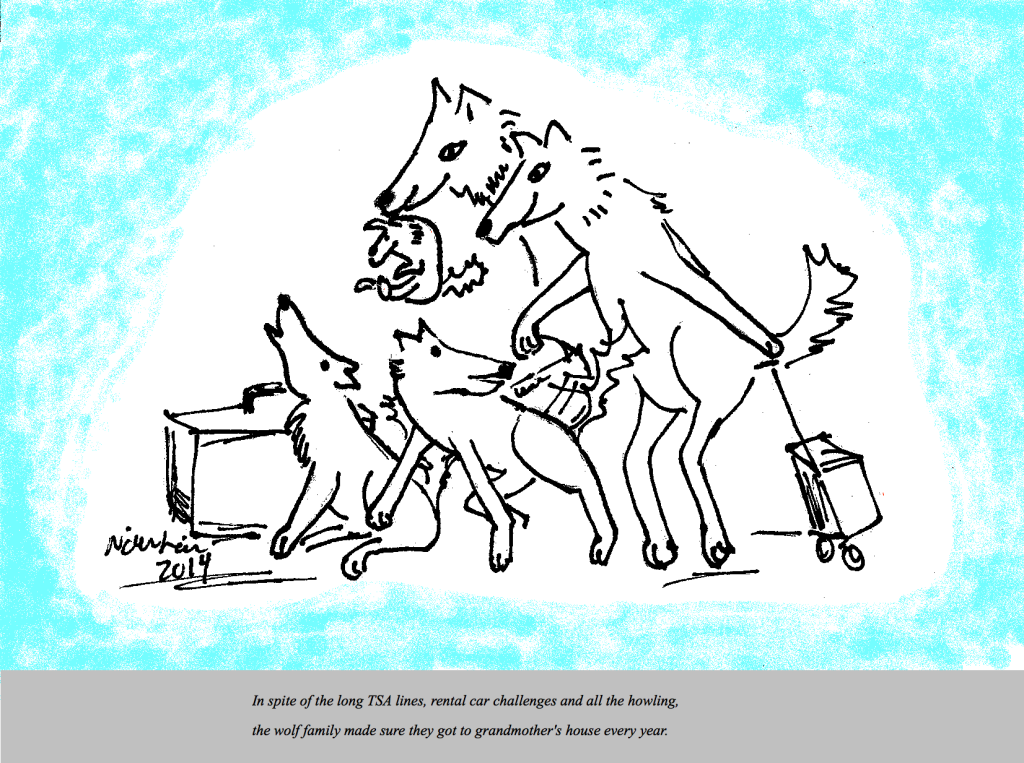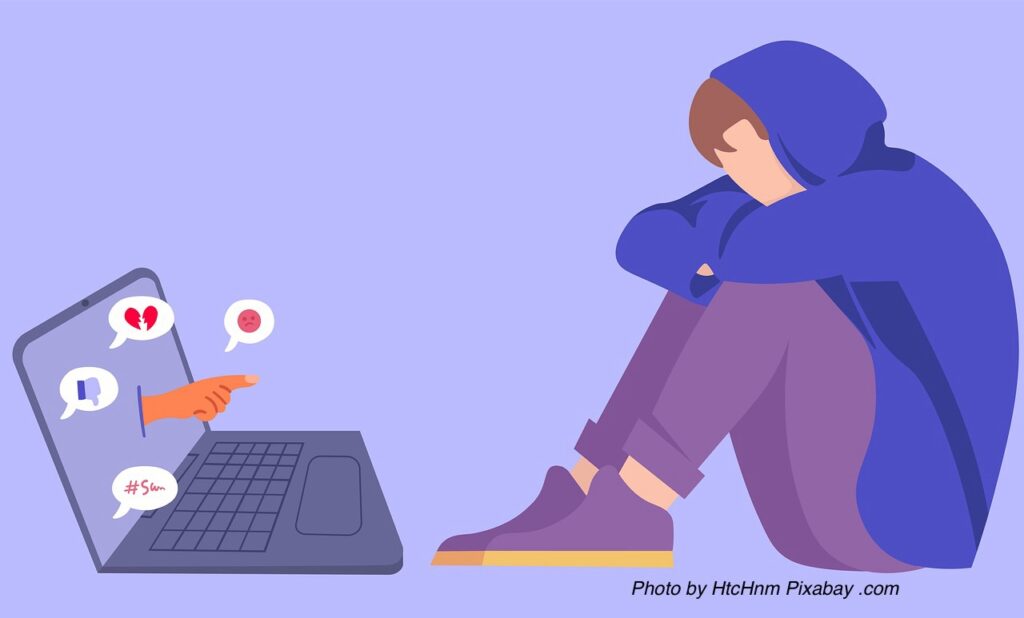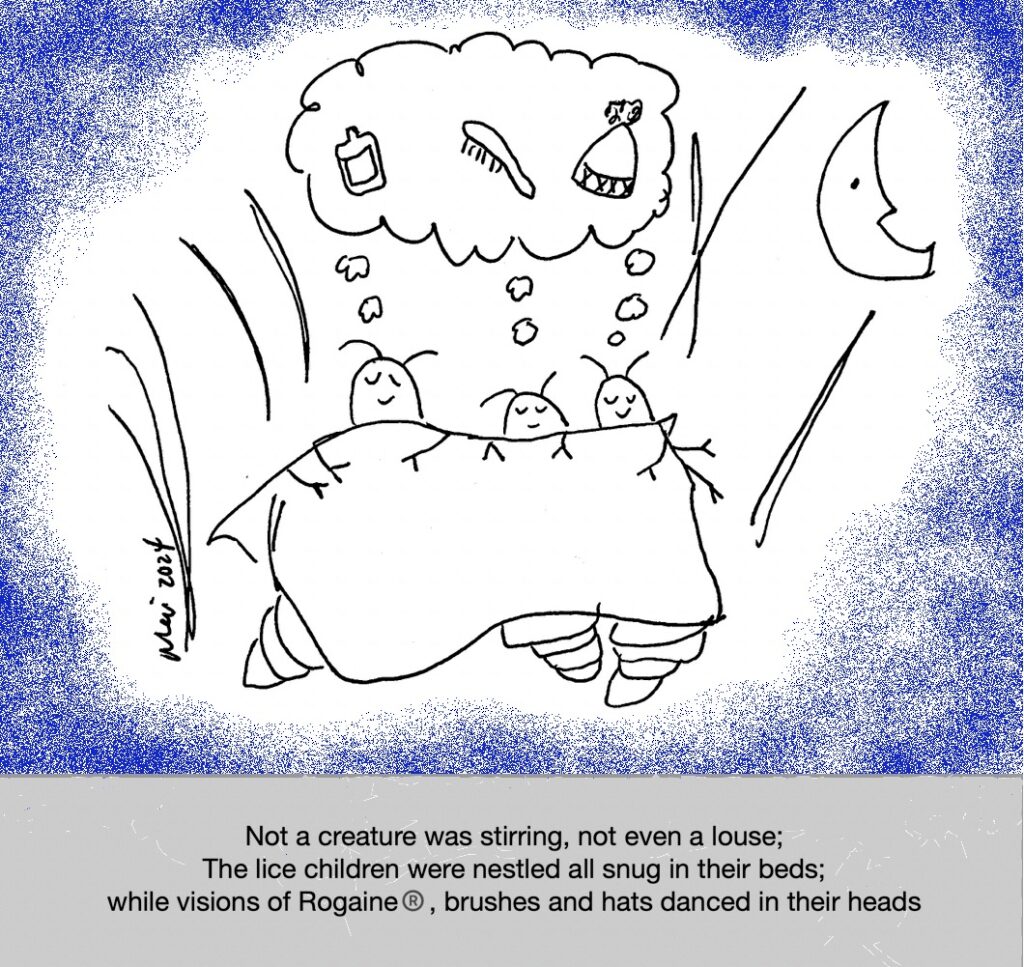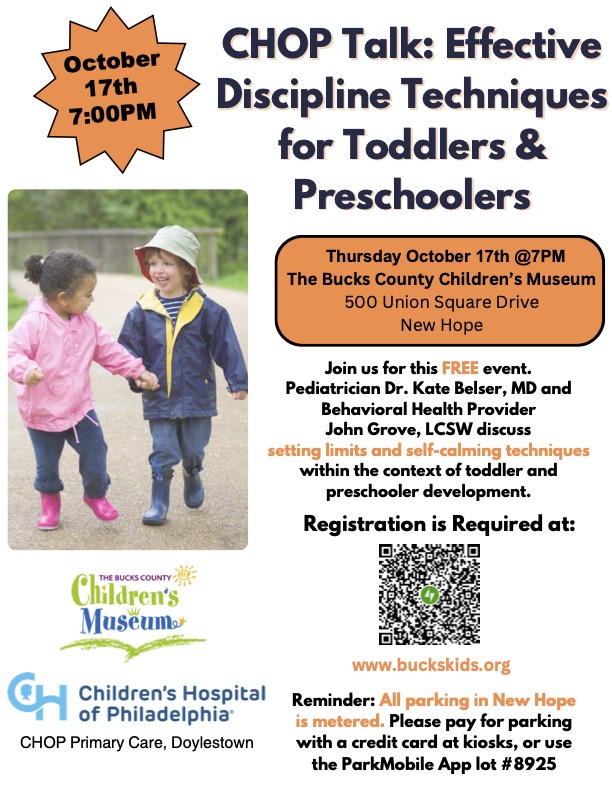Parent guide to traveling with young children for the holidays

Do you plan to travel with young children this holiday season? You won’t appreciate how much your baby has grown until you attempt a diaper change on a plane. For families, any holiday can become stressful when traveling with young children is involved. Often families travel great distances to be together and attend parties that run later than their children’s usual bedtimes. Fancy food and fancy dress are common. Well-meaning relatives who see your children once a year can be too quick to hug and kiss, sending even not-so-shy kids running. Here are some tips for safer and smoother holiday travel.
Before you travel
Identify the nearest children’s hospital, urgent care center, or pediatrician who is willing to see out-of-town new patients. This way, if your child becomes ill enough to need medical care while you are away from home, you will already know where to go. Also be sure that your children are up to date on all recommended vaccines. You wouldn’t want your child to receive a “gift” of flu or whooping cough on your travels.
Traveling with young children: flying
Not all kids develop ear pain on planes as they descend- some sleep right through landing. However, if needed you can offer pacifiers, bottles, drinks, or healthy snacks during take-off and landing because swallowing may help prevent pressure buildup and thus discomfort in the ears. And yes, it is okay to fly with an ear infection.
Refrain from offering Benadryl (diphenhydramine) as a way of “insuring” sleep during a flight. Kids can have paradoxical reactions and become hyper instead of sleepy, and even if they do become sleepy, the added stimulation of flying can combine to produce an ornery, sleepy, tantrum-prone kid. Usually the drone of the plane is enough to sooth kids into slumber.
Traveling with young children: poor sleepers and picky eaters
Traveling 400 miles away from home to spend a few days with close family and/or friends is not the time to solve your child’s chronic problems. Let’s say you have a child who is a poor sleeper and climbs into your bed every night at home. Knowing that even the best of sleepers often have difficulty sleeping in a new environment, just take your “bad sleeper” into your bed at bedtime and avoid your usual home routine of waking up every hour to walk her back into her room. Similarly, if you have a picky eater, pack her favorite portable meal as a backup for fancy dinners. One exception about problem solving to consider is when you are trying to say bye-bye to the binkie or pacifier.
Supervise your child’s eating and do not allow your child to overeat while you catch up with a distant relative or friend. Ginger-bread house vomit is DISGUSTING, as Dr. Kardos found out first-hand years ago when one of her children ate too much of the beautiful and generously-sized ginger bread house for dessert.
Speaking of food, a good idea is to give your children a wholesome, healthy meal at home, or at your “home base,” before going to a holiday party that will be filled with food that will be foreign to your children. Hunger fuels tantrums so make sure his appetite needs are met. Then, you also won’t feel guilty letting him eat sweets at a party because he already ate healthy foods earlier in the day.
Avoid germ spread, but also keep perspective
If you have a young baby, take care to avoid losing control of your ability to protect your baby from germs. Well-meaning family members love passing infants from person to person, smothering them with kisses along the way. Unfortunately, nose-to-nose kisses may spread cold and flu viruses along with holiday cheer.
On the flip side, there are some family events, such as having your 95-year-old great-grandfather meet your baby for the first time, that are once-in-a-lifetime. So while you should be cautious on behalf of your child, ultimately, heed your heart. At six weeks old, Dr. Lai’s baby traveled several hours to see her grandfather in a hospital after he had a heart attack. Dr. Lai likes to think it made her father-in-law’s recovery go more smoothly.
Traveling with shy children
If you have a shy child, try to arrive early to the family gathering. This avoids the situation of walking into a house full of unfamiliar relatives or friends who can overwhelm him with their enthusiasm. Together, you and your shy child can explore the house, locate the toys, find the bathrooms, and become familiar with the party hosts. Then your child can greet guests, or can simply play alone first before you introduce him to guests as they arrive. If possible, spend time in the days before the gathering sharing family photos and stories to familiarize your child with relatives or friends he may not see often.
It’s ok to change course
Sometimes you have to remember that once you have children, their needs come before yours. Although you eagerly anticipated a holiday reunion, your child may be too young to appreciate it for more than a couple of hours. An ill, overtired child makes everyone miserable. If your child has an illness, is tired, won’t use the unfamiliar bathroom, has eaten too many cookies and has a belly ache, or is in general crying, clingy, and miserable despite your best efforts, just leave the party. You can console yourself that when your child is older his actions at that gathering will be the impetus for family legends, or at least will make for a funny story.
Holiday travel is special for children
Enjoy your CHILD’s perspective of holidays! Enjoy their pride in learning new customs, their enthusiasm for opening gifts, their joy in playing with cousins they seldom see, their excitement in reading holiday books, and their happiness as they spends extra time with you. This experience makes traveling with young children worth the extra planning.
We wish you all the best this holiday season!
Julie Kardos, MD and Naline Lai, MD
©2024 Two Peds in a Pod®
Updated from 2017





